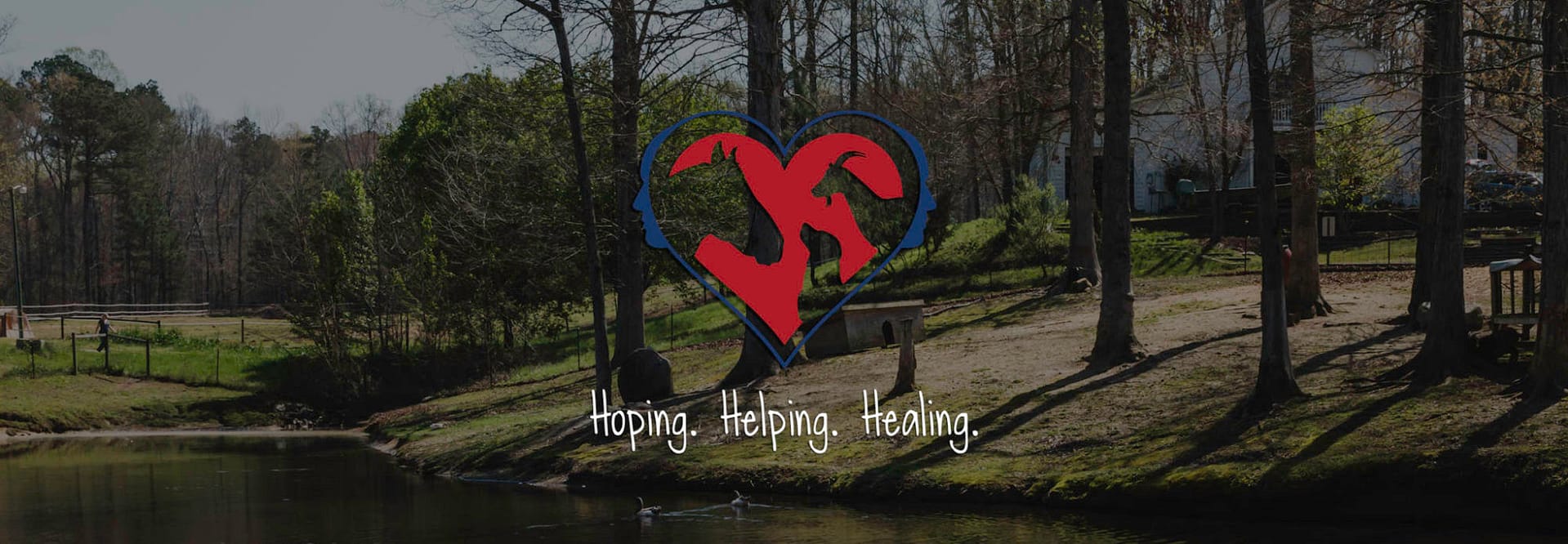
While Goats as a genus are not endangered, our specific breed, the San Clemente Island Goat is. Presently, there are less than 750 SCI goats worldwide.
If you are interested in having a San Clemente Island Goat as a permanent resident on your farm, please send us a message here.
About Us
San Clemente Island goats are relatively small, though slightly larger than dwarf breeds. They are uncommonly fine-boned and deer-like, and most have very gentle temperaments and excellent mothering abilities. San Clemente Island goats are typically red or tan with characteristic black markings. The island population once exhibited a wide range of colors and color markings and these can occasionally be seen today. Both sexes are horned and although their large horns resemble those of Spanish goats, San Clemente goats are not of Spanish origin.
The Livestock Conservancy, in collaboration with the University of Cordoba in Spain, conducted a DNA study of the breed in 2007 and found that the San Clemente goat is a genetically distinct breed and unrelated to the numerous other breeds in the study. The findings raise many questions about the origin of the San Clemente goat and further study is needed to gain a better understanding of this unique breed.
Handling & Our Habitat
Goats need to feel comfortable and protected. SCI Goats are curious and sweet but a bit shy until they get to know you. You will want to move slowly and deliberately and not chase after them, so you can build trust.
A simple large doghouse style structure works well, but a larger home is even nicer because they love to snuggle up together. Goats also enjoy having plenty of fresh timothy orchard hay and fresh water. To maintain the health of your goat you’ll have to maintain a clean, dry habitat. Contrary to public opinion, goats won't eat just anything and won't drink dirty water. If their treats drop on the ground, they won't eat them.
Fuzzy Faces Refuge is a member of the SCI Goat Foundation. If you would like to read more about San Clemente Goats, please follow this link.
What We Eat
Fresh weeds, timothy orchard hay and alfalfa should make up the bulk of the diet for pet goats. Feeding a diet consisting of too much grain may actually kill your goat so you will want to be careful and limit this.
A variety of human foods are okay to feed your goats. Foods like fruits, dried fruits, veggies, graham crackers, cheerios, Cheetos, and even corn chips. It is basically at your discretion of what you want to try. Just be aware that snacks are just that. Too much of anything isn’t good for them.
Goats also need loose minerals, baking soda and vitamin C to keep them healthy. Foods or supplements high in Vitamin E will helps with your goat’s reproductive health and their muscles. Goats also need zinc, iron, and selenium to make their coats shinier and enrich the fat content in their milk.
As a general rule, you should NEVER feed your goat Avocado, Azaleas, Chocolate, Plants with oxalates such as kale, Any nightshade vegetable, Holly trees or bushes, Lilacs, Lily of the valley, Milkweed, Rhubarb leaves or Wild cherries. If you let your goat roam free, make sure that you don't have any of these where they graze or forage
For a more detailed listing of things your goat shouldn't eat, click here.

